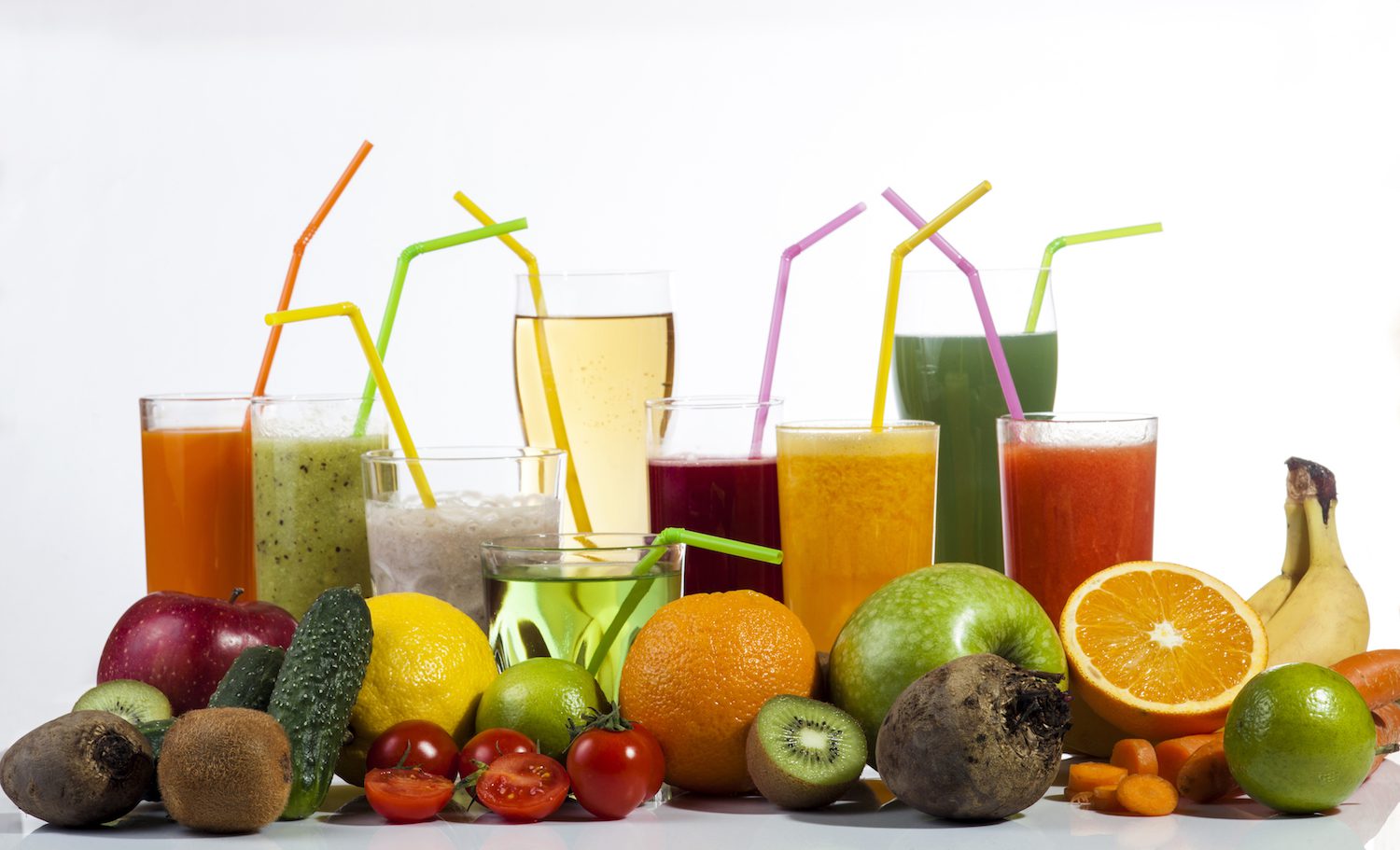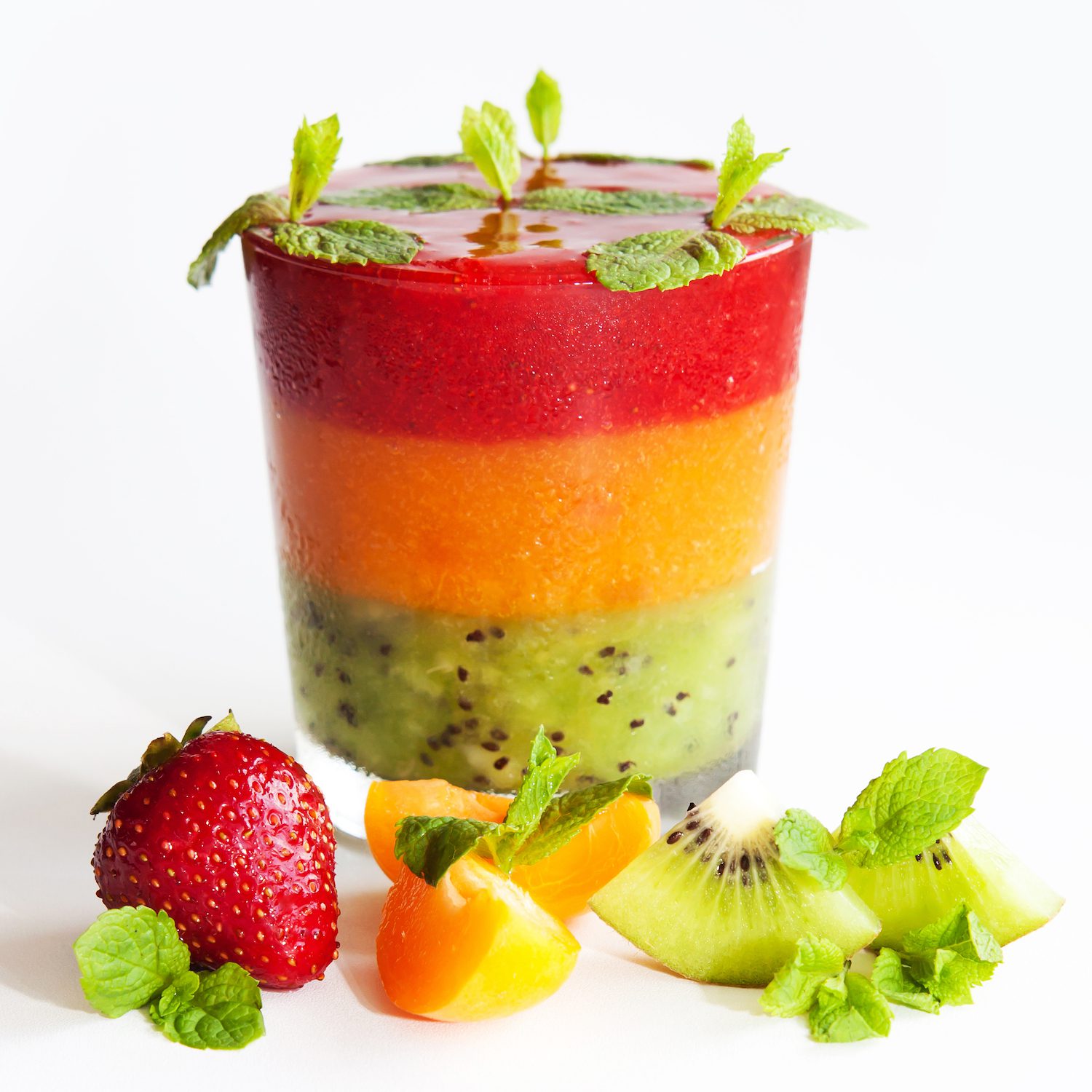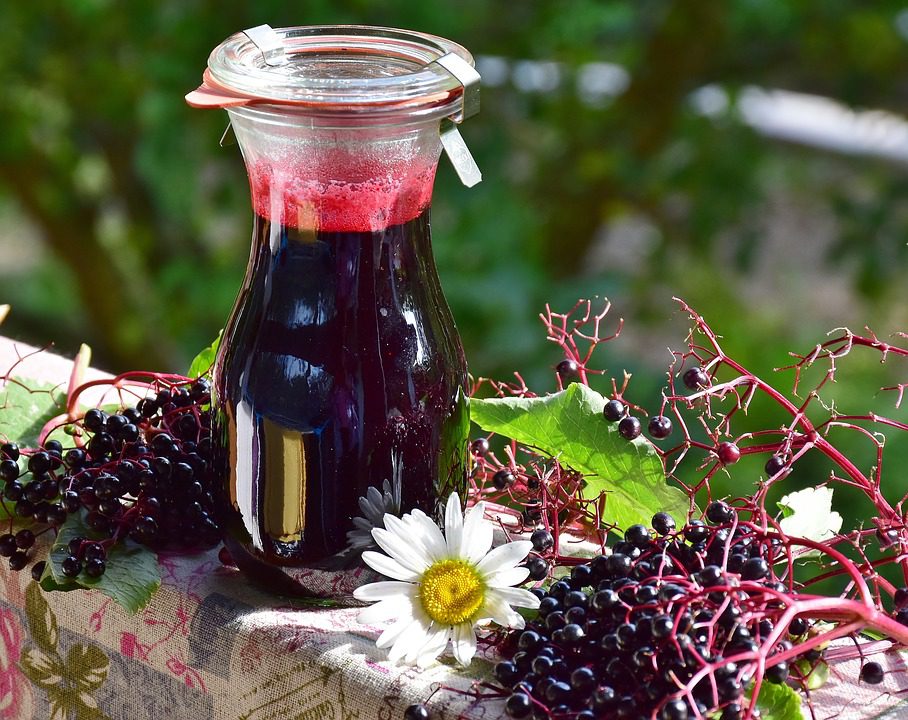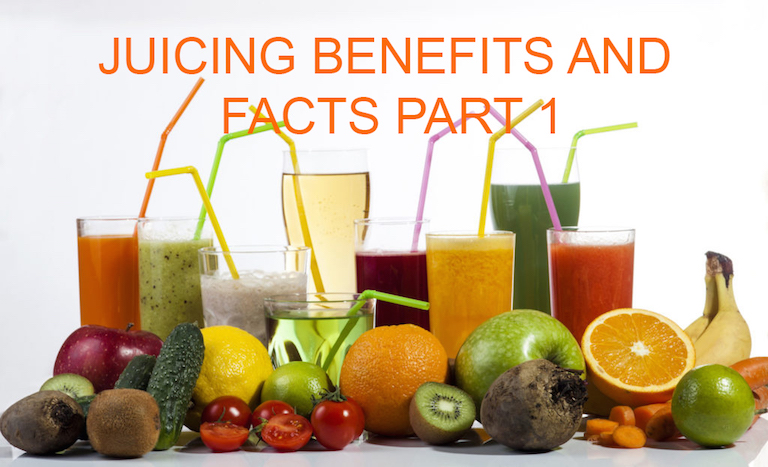04 Sep Juicing benefits and facts part 1
Juicing

Hello, and welcome to I-RAMA Blog. We wish to thank all of you for your huge support and all your loving feedback.
This week’s post is about Juicing, I personally have done juicing for many years, I don’t do long-term juice fasts, due to the fact that my body doesn’t do well with it for longer than a day or two, so when I wish to give my digestive system a break from processing so many solid foods, I do juices room temperature, never cold from the fridge or with ice, and I combine it with liquefied soups for a nurturing broth as a foundation. I learned not to do the juice later in the day or at night for my type of body, I usually do probiotics at this time, especially when I include probiotics in my juice and my personal combination with Aloe and such. So here, honor your body and use what feels good to you, there is no one general recipe for everyone that is why we are individuals and it is important to remember it so you don’t hurt your self with the one rule fits all. When we personalize anything in life we connect, and here we became conscious, and there is a powerful place to own our path. I grew up eating whatever we grew and there is so much value to that. We have disconnected from most of what we use or do, everything is outside our selves, we eat food that we don’t have a clue how it grows, where it comes from, for the most part, it never gets to mature in the plant, we don’t consume a full nutritious product, not to mention pesticides, GMOs and the new chemical warfare that was introduced to our food. We are offered out of season foods that are supposed to be able to travel from far places etc, I have spent most of my life with this knowledge so I have respect for local, organic conscious products and love to connect with them the way I make our food, and I wish for you to have as much fun with your food also and be aware what goes in your body, something great happens when you ingest foods from this conscious place.
Amazing Benefits Of Carrot Juice by Norman Walker
Let’s get Started
A beginner’s guide to getting started with juicing

Is juice the same thing as a smoothie?
No, these are two very different things. They’re both very healthy for you, and one isn’t better than the other, necessarily.
A smoothie is made in a blender. It’s blended, not juiced. With a smoothie, you retain the pulp (which is insoluble fiber). This can be either gross or simple depending on what you’re blending. A blended drink yields a lot more because of the pulp, and some people like that, but others find it difficult to drink all of it, due to the thickness.
Juice is made with a juicer. Juicers ‘juice’ your produce and separate the pulp (the insoluble fiber) from it. You discard the pulp and drink the juice.I use the pulp for soups or I definitely compost it. You still get fiber in the form of soluble fiber. I know, crazy, right? You just learned something new today.
Juicers are items like a Breville juice fountain, Omega VRT350, Omega 8006, etc. Not a Nutri bullet! that is a blender. Those blades chop things up like every blender works. It has pulp in it no matter how much you blend it. It can’t turn into juice unless you separate the juice from the pulp you have to strain it if you don’t want the pulp.
If you only have a blender and still want to juice, you still can! If you get a cheese cloth or something similar, you can strain your blended drink and turn it into juice. It’s a little more work and won’t yield as much as a good juicer.
There’s nothing wrong with smoothies. We love those too, but there’s just something about the juice that keeps us making it daily and enjoying the entire process. This is not about of “what’s better? Juice or smoothies?”, is about “what do your preference is?” and here we are sharing with you the difference between them.
Is juicing healthy even do you don’t get any fiber?.
Fiber is what helps move food through the digestive system, but for the most part, it’s not fully digested. There are two types of fiber: ‘soluble’ and ‘insoluble’.
When you juice, the pulp you see in the ‘pulp bin’ is mostly the insoluble fiber.
You’re still getting plenty of soluble fiber in your juice. Even if your juice gave you 0 grams of fiber, it still is very healthy for you.
It’s like saying that your water isn’t healthy because it doesn’t have fiber in it. Juice is a healthy beverage and shouldn’t be relied on for your insoluble fiber.
What’s the difference between soluble and insoluble fiber?
Insoluble fiber is the leftover pulp after you are done juicing. Only a small amount of this makes it to your juice. If you were to mix insoluble fiber in a glass of water, it would sink to the bottom, absorb the water and puff up. If you imagine that moving through your body, you can picture what it does for you. It’s beneficial to help get things ‘moving’ in your elimination and prevents constipation.
Soluble fiber will make it to your juice. Soluble fiber is ‘soluble’ in water. Soluble fiber (like gums and pectins) will partially dissolve in water and form a type of gel like substance. Soluble fiber absorbs digestive bile made by cholesterol, which creates, even more, digestive bile, which then helps to lower LDL (harmful cholesterol). Soluble fiber also can help moderate your blood glucose levels because it helps the sugar to be more slowly absorbed, which is why some diabetics report juicing to be helpful to them.
We personally love the consistency and the great flavors we can make with juice. We can juice things like sweet potatoes in our juices and create a delicious dessert-like juice, but we sometimes feel a bit limited with flavors in our smoothies, so here experiment and become your own alchemist and connect with your intuition.
What’s the easiest way to get started juicing?
Answer: Take the 30 Day Challenge. Before you embark in any fasting please consult your health practitioner, to make sure that you are suited for it is always best to be safe.
The 30 Day Challenge was created by https://juicerecipes.com/30-day-challenge/ to make this whole juicing thing as simple as possible while still allowing you to challenge yourself to get into a healthier habit/lifestyle of juicing. It’s not a juice fast, it’s just a challenge to drink a minimum of 1 glass of juice a day, every day, for 30 days.
The reason why it’s suggested for a beginner is that we supply you with the shopping list each week and we tell you which recipe to make everyday using that shopping list, so we’ve taken a lot of the thought out of juice so you can just focus on enjoying the lifestyle how about that.
After 30 days, you’ll have a new sense of how flavors come together in your juice and you’ll be able to start experimenting with your own recipes how fun.
Frequently Asked Questions
Can I store my juice?
Answer: Yes
The popular belief is that juice can last for up to 72 hours in the fridge, in an airtight container. Yes, nutrients are lost over time, but it’s a very slow process. We’re talking fractions per hour, here. You’re going to hear “you have to drink it right away!”, but just let those people do their lifestyle and have their beliefs, and you do yours. Don’t let people scare you away from storing your juice. You can juice with any lifestyle.

Am I supposed to replace a meal with juice?
Answer: No, unless it’s a lot of juice (32oz) is always best to consult with your health professional before embarking on such a journey and if it is approved, then you can do a juice fast.
We’re finding that way too many people are replacing multiple meals with just 1 glass of juice, and “feeling lightheaded for some reason”. Being healthy and losing weight doesn’t mean eating less, it means eating right. Anyone can lose weight by starving themselves and sometimes it docent work at all due to the fact that the metabolism slows way down to prevent the body from damage. Don’t do this, no one said to do this. Your sugar levels get tremendously affected and the body falls off balance.
Incorporate juicing into your life as a snack or beverage.
Even when you’re on a juice fast, you have to drink quite a bit of juice daily (~80oz depending on the person).That is a lot for the kindness to handle and for the rest of the body to be constantly trying to process all these nutrients we believe in moderation.
Does juice have a lot of calories?
Answer: They’re healthy calories! and no, for the most part when you juice vegetables the juice is very low calories and very easy for the body to process.
Don’t be concerned about gaining weight off juice because you looked at the back of a potato chip bag and saw it has similar calories, there is no saturated plastic fat in juice. A juice calorie isn’t the same as a potato chip calorie. These are very healthy calories, and if you’re worried about juice calories, you’re in the wrong mindset for being healthy, the more we obsess with weight the more likely it is for us to gain weight. The Spleen in Chinese Medicine is in charge of weight loss and the Spleen is affected by WORRY!!! So no weight loss with worry and obsession.
Here Dr. Marcola explains it in a very simple way.
How about the sugar?
Answer: Natural sugar isn’t the same as refined sugar, but here use your discretion not to add sugar to the juice and to research from juicing authorities to know what you are using to make your juice and what the natural sugar content of your ingredients is.
A gram of refined sugar from coke is nowhere near what a gram of natural sugar is. These are two very different sugars.
The nutrition labels in North America will be changing to include “Added Sugars” (refined sugar) within the next few years instead of lumping it all in “Sugars” because the USDA recognizes that this is a problem and common misconception.What matters is intake, how much your body actually uses it and in what form it’s delivered. It’s fair to say that too much of fructose, glucose or sucrose will result in health issues.
Here is a bit about the difference between both sugars
So what exactly is considered natural sugars? Natural sugars are sugars that are found, in natural products like fruits, veggies, and honey and (honey is a predigested sugar).
Glucose – refers to “simple” sugars, found in all foods that have carbohydrates. Glucose can be found in mushrooms, tomatoes, onions, etc. Glucose is vital to life and is in every single living molecule. It is also produced by your body and easily broken down by every cell in your body, a simple sugar that is an important energy source in living organisms and is a component of many carbohydrates.
It provides the body with its primary source of energy. This type of sugar comes from digesting carbohydrates into a chemical that the body can easily convert to energy.
From Carbohydrates
Most people get most of their glucose from digesting the sugar and starch in carbohydrates. Foods such as rice, pasta, grain, potatoes and processed sweets contain carbohydrates that can be converted into glucose very fast. The body’s digestive system, using bile and enzymes, breaks down the starch and sugar in these foods into glucose. This functional form of energy then gets absorbed through the small intestine into the bloodstream. It is then carried throughout the body, energy for the person to perform all types of activities, such as simple movements, demanding physical exercises or even thinking. Glucose it is such a vital source of energy, and it interacts with both the digestive and endocrine system in the body, keeping its levels — also called blood-sugar levels — in the bloodstream within a normal range is extremely important to a person’s health.
Glycemic Index
Foods can be rated according to the glycemic index, which indicates how quickly the carbohydrates are broken down by the body and the glucose is released into the bloodstream. White bread and most breakfast cereals have a high glycemic index, which means that the carbohydrates are broken down and the body’s blood-sugar levels raised more quickly. Most fruits, vegetables, and nuts have low glycemic indexes. Whole-wheat products and some types of potatoes have glycemic indexes in the middle, more on that in another post is a lot of information on that.
Fructose – another “simple” sugar, it’s also referred to as fruit sugar, because its main source is fruits (and also honey). Fructose is a bit harder to breakdown, as only your liver breaks down significant portions of it.
Fructose is a simple sugar that occurs naturally in foods. It gives fruits their sweet taste. Crystalline fructose obtained from processing corn or sugar is used in food and beverages as a nutritive sweetener. It’s roughly 1.2 times the sweetness of table sugar in most food applications. Although originally marketed as a health supplement, crystalline fructose became available as a food ingredient about 20 years ago. However, when compared to all other naturally occurring and added starches, syrups, and sweeteners, fructose contributes only a small amount of calories to the average North American diet.
The primary uses for crystalline fructose include dry mix beverages, low-calorie products, enhanced or flavored water, carbonated beverages, sports and energy drinks, chocolate milk, breakfast cereals, baked goods, yogurt, fruit packs, and confections. Fructose has been used in whole new categories of food and beverage products, such as shelf-stable nutrition bars, soft moist cookies, pourable frozen juice concentrates and reduced-calorie products.
Can I add the pulp back into my juice?
Answer: absolutely and you can use the pulp and make soups, baked goods etc.
You can, but that sounds like you’re just making a smoothie the hard way. Why not just blend it all if you really want to drink the insoluble fiber?
Should I peel my fruits and vegetables?
Answer: Usually, no. that is part of the fiber and the vegetables and fruits have a synergy with the peel
This is a tough one to answer because there are hundreds of different fruits and vegetables. The general idea is to use common sense and if the skin is edible, you should be fine to juice it, make sure that is organic or the peel can have all kinds of pesticides and other components that will not be the ideal addition to your juices.
Here are a few tips that we’ve learned:
Peel oranges common sense right? leave as much of the white that is on the peel that is your Flavonoids and that in the Citrus fruits is what makes the rest of the fruit work, and by that I mean your vitamins work with the whole fruit that is the reason why nature design it that way and in foods in general is a yin and a yang side one being sweet and the other sour That’s natures balance. It’s edible, the outside of the peel is a bit bitter, I actually love to eat it my mother taught me to make chocolate cover orange peels and I love them!!
No need to peel lemons/limes. The peel gives off an interesting flavor. It’s up to you, anything bitter is great for the heart!
Look for part 2 of Juicing benefits and facts and please share and like if you do thank you for your time and loyalty.


